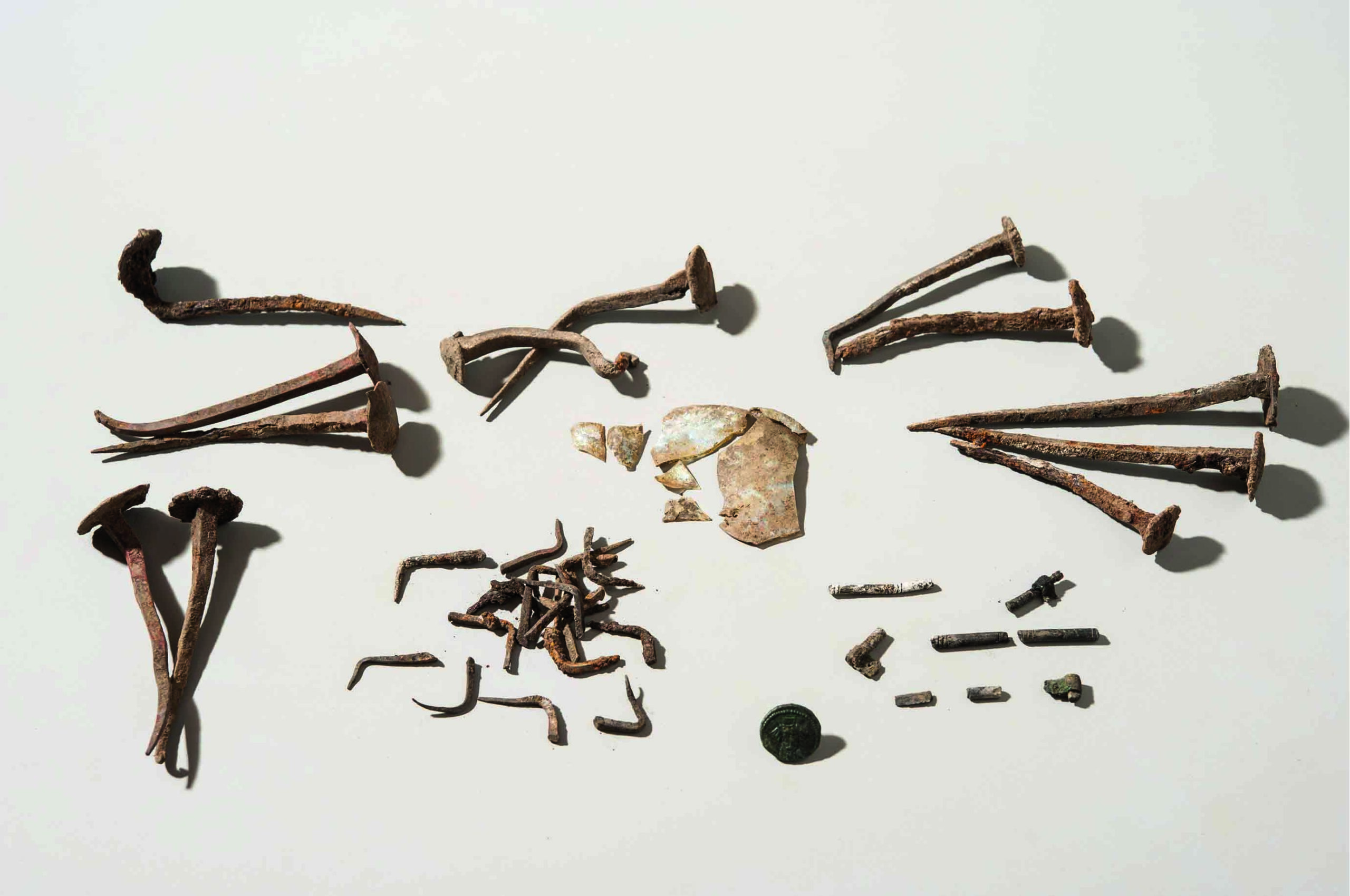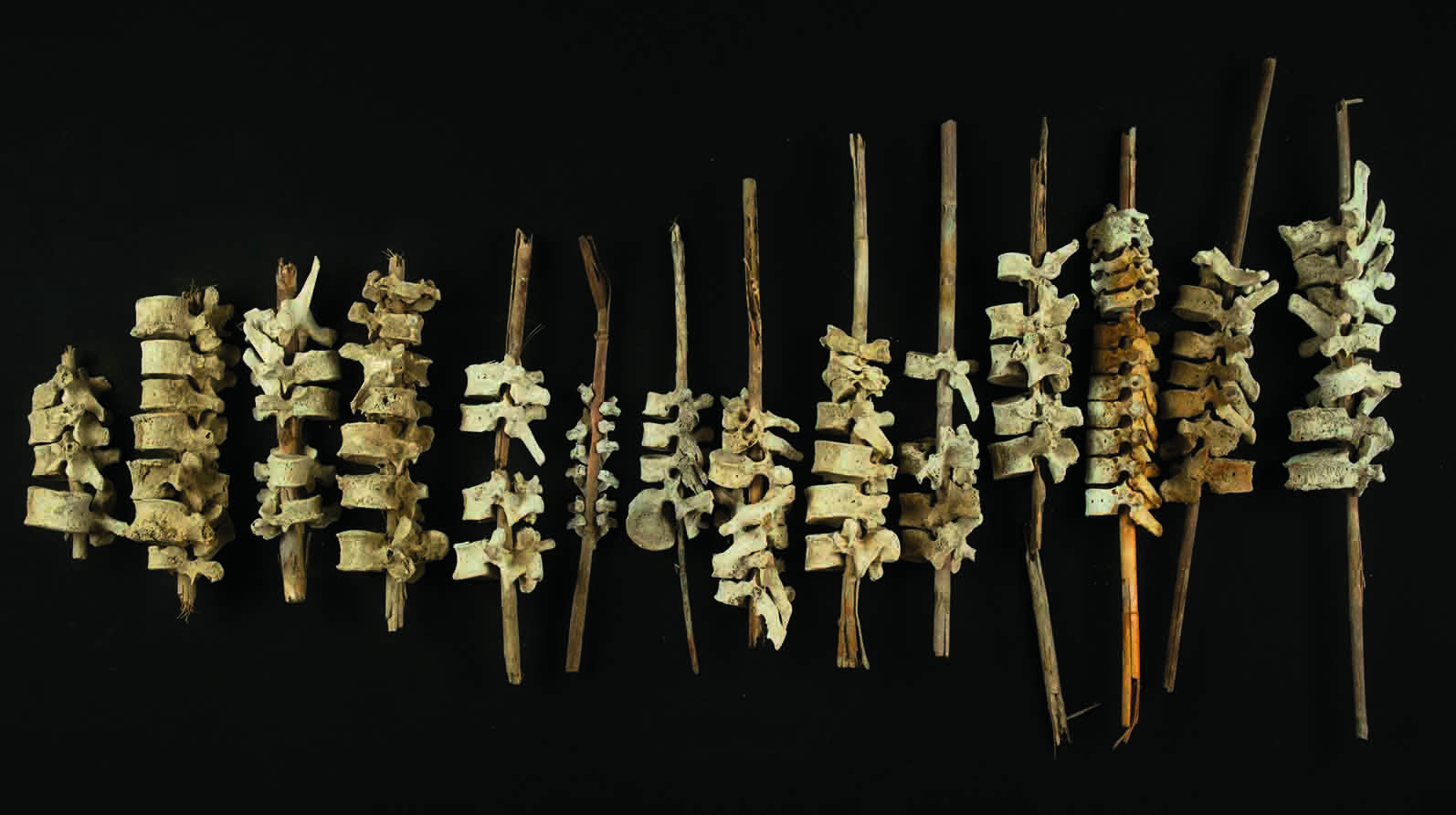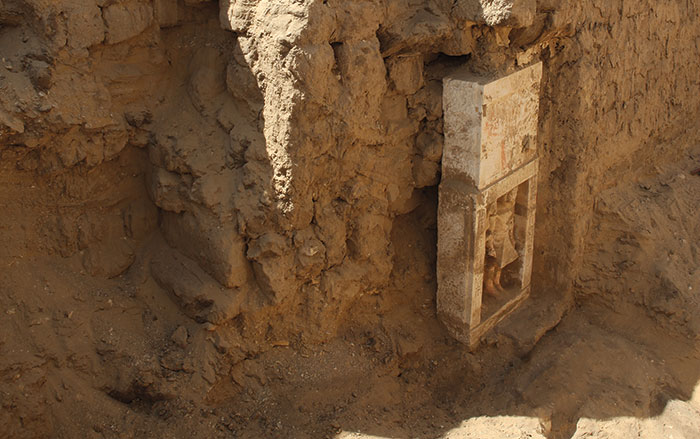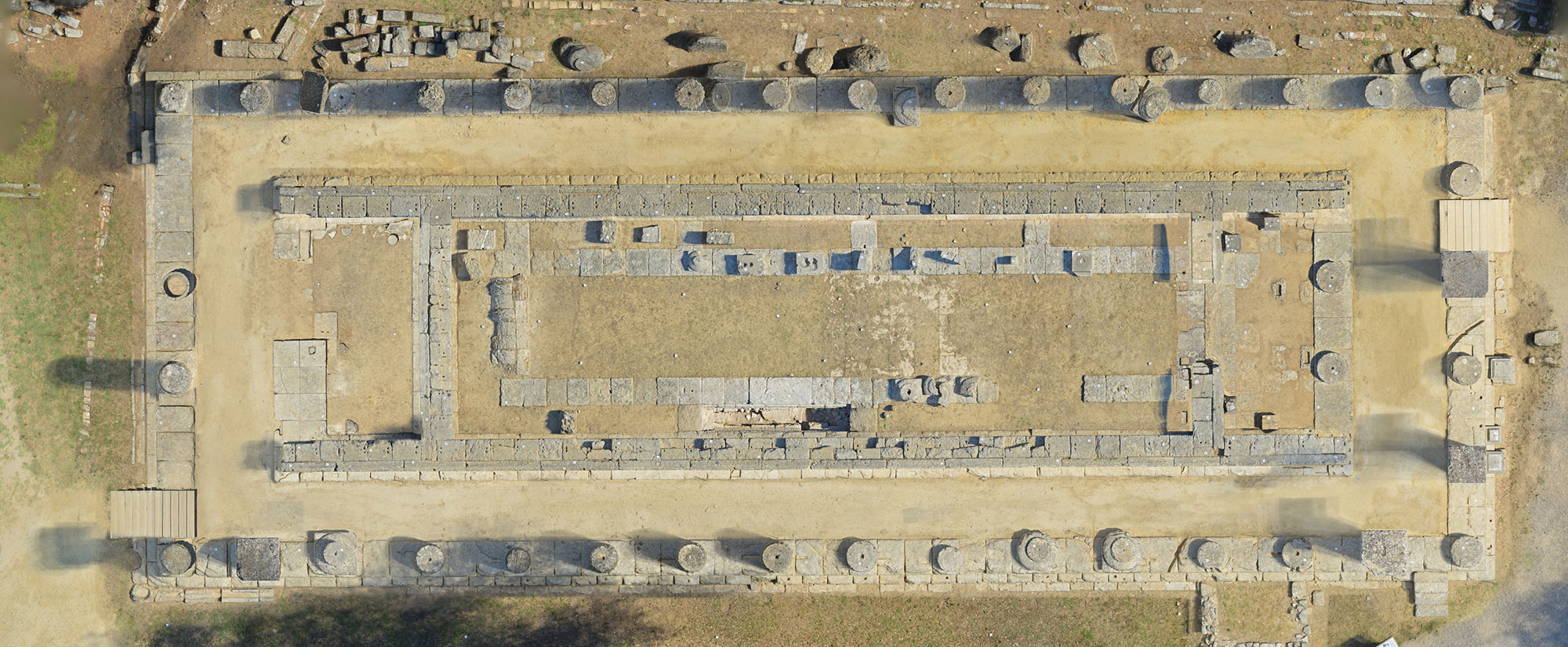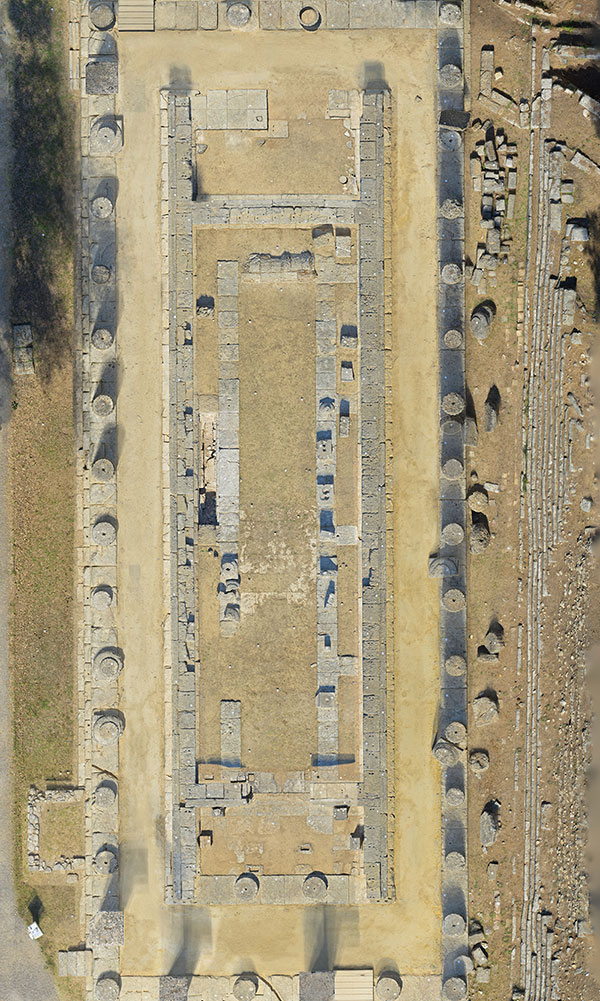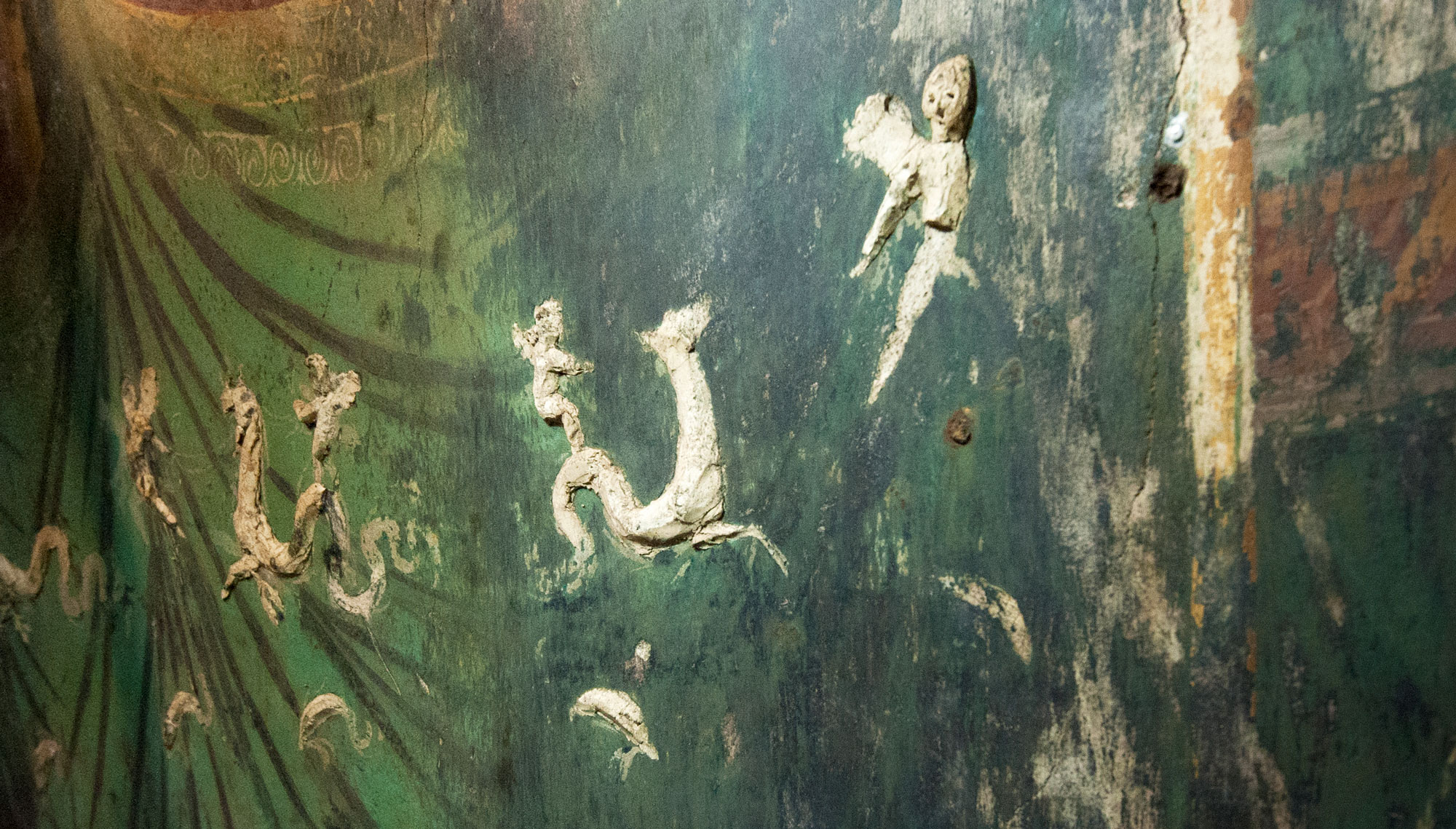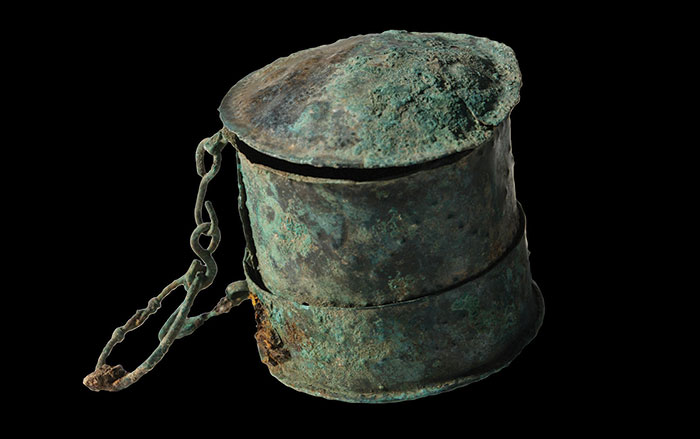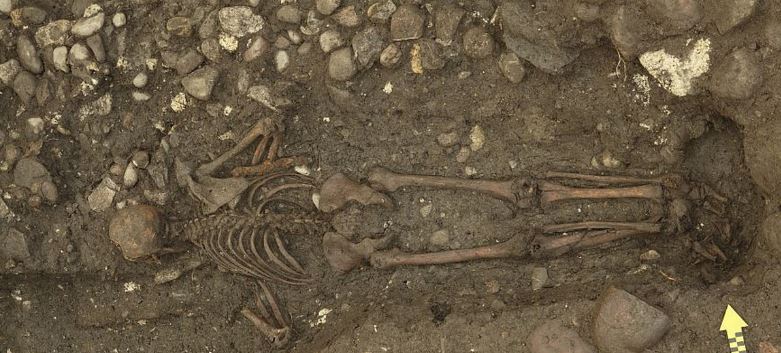
THE CANTON OF BERN, SWITZERLAND—Discovery News reports that Swiss researchers have investigated an unusual burial discovered among more than 300 graves dating between the eighth and seventeenth centuries A.D. The man had been buried face down with a knife and a leather purse containing coins under his chest. The coins had corroded together, but X-ray computed tomography revealed a collection of 24 coins, almost entirely of low value. “The astonishing fact about these coins is that they belong to three different coin circulation areas, the Fribourg-Bern-Solothurn, Basel-Freiburg in Breisgau, and Luzern-Schwyz regions,” explained Christian Weiss of the Archaeological Services of Canton Bern. Weiss said there was also one worn silver coin from France of higher value. He thinks the man may have been a traveling merchant who moved through these areas. The latest coin indicates that the man was buried sometime after 1629. “It is likely they buried the man intentionally facing downward,” Weiss said. He added that there is no way to tell why they did so—perhaps as a way to humiliate him, prevent his return, or direct him toward hell. For more, go to “Switzerland Everlasting.”


